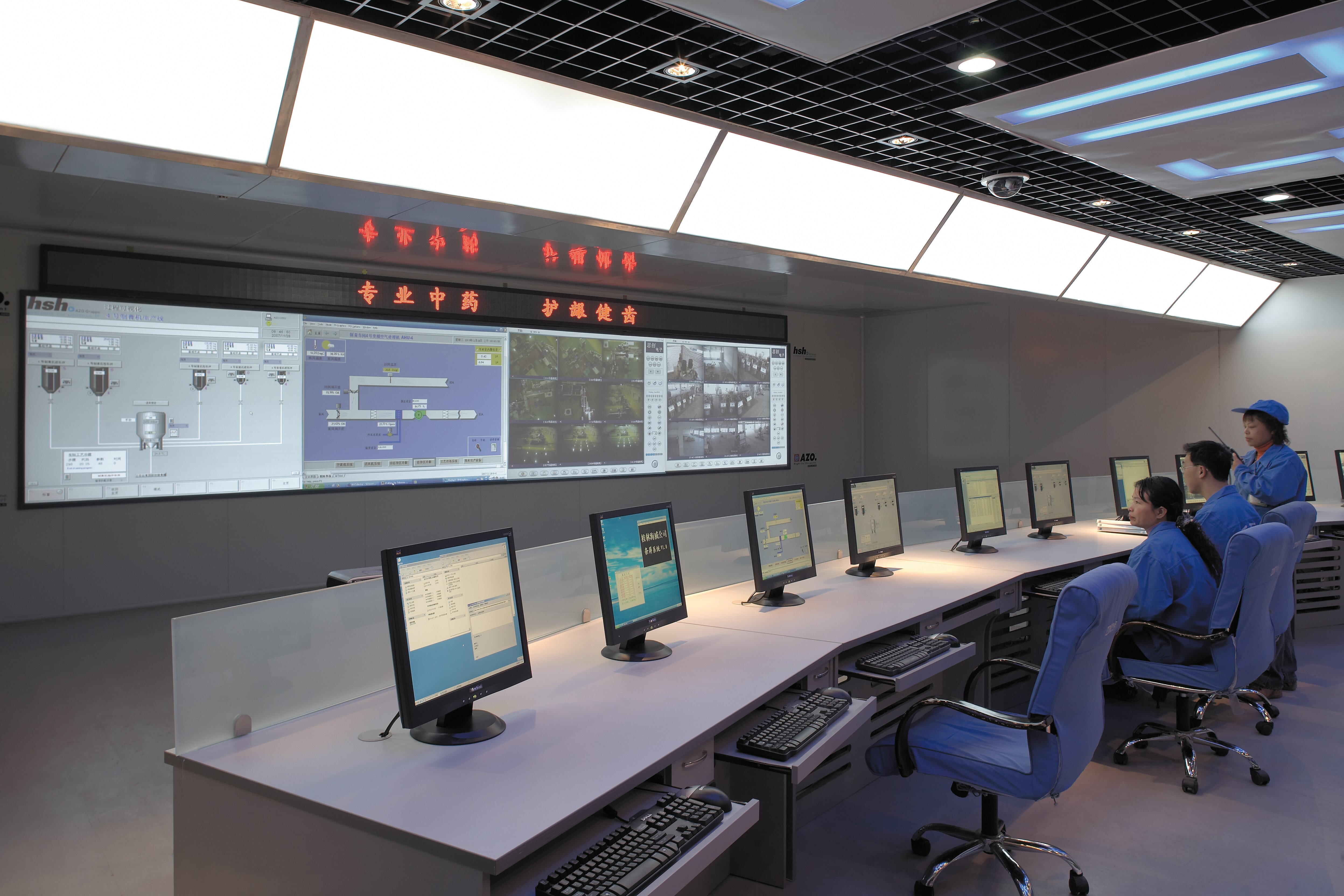Preferred applications
Modern production processes have to meet stringent demands in terms of speed, flexibility and safety.
On a given system, speed can often be attained by optimising the processes. Flexibility can be achieved by an order planning system with which various what-if scenarios can be quickly and easily analysed. Such a system allows conclusions to be made
regarding, for example, whether an order calling for quick turnaround can be scheduled in without any problems or whether this would only be at the expense of other orders.
The completion date for all scheduled orders is clearly stated; delayed orders due to e.g.resource bottlenecks are marked by colour as late. If all planned orders can be scheduled within their latest delivery date, an optimum delivery reliability is achieved. If this is not possible due to the order situation, resource utilisation or other schedule constraints, the orders can be shifted on the planning board so in the end, only the orders for which the resulting disadvantages are the most minimal will be delayed.
Function
Kastor systems can be operated with or without detailed scheduling. Orders are typically accepted by an ERP system and with the rough planning date given therein, added to the Kastor order list.
If the Kastor solution contains the detailed scheduling tool, the further order planning, i.e. determination of the order sequence optimised according to the various criteria as well as selection of the machine or line most suitable for each order under consideration of their specific capabilities and their current production status, can be carried out within the order list.
The results of the detailed scheduling can be explicitly transferred to the ERP rough planning manually as well as automatically. Through the seamless interplay of the production program and detailed scheduling tool, permanent feedback of the degree of production processing reached up to the present or of currently approaching resource shortfalls is possible in the reverse direction as well. On the one hand, this allows the detailed scheduling to display the planning target and actual statuses at the same time. On the other, the online data can also be used to adapt the planning status to the actual situation over and over again.
